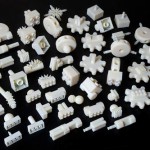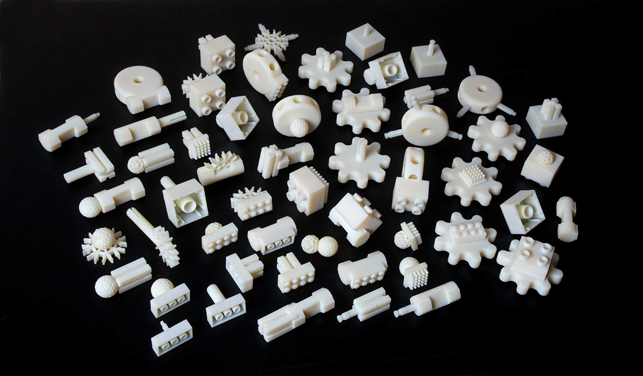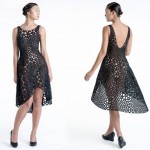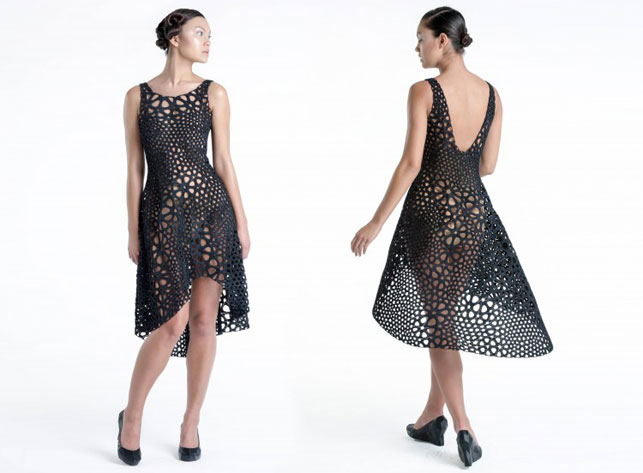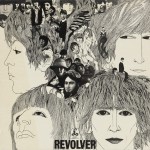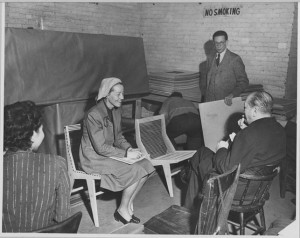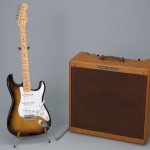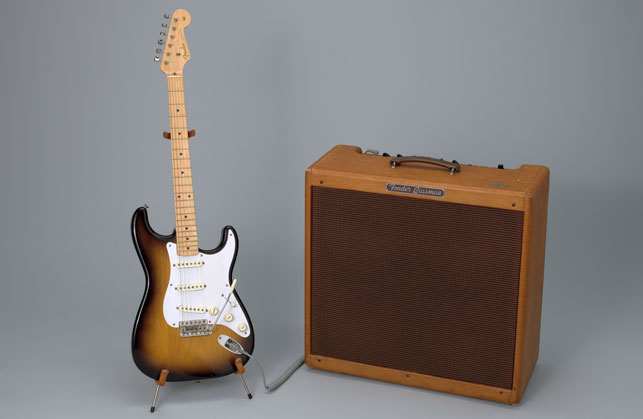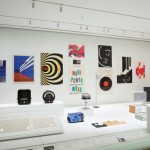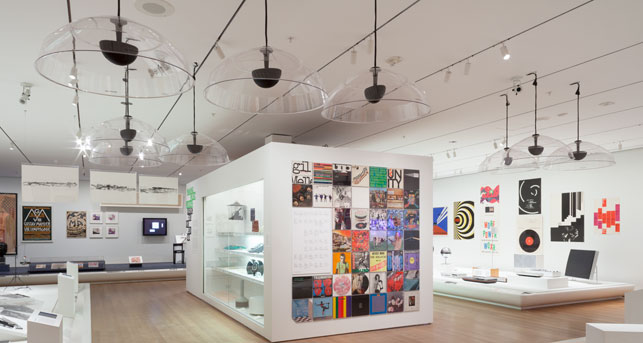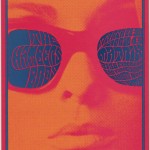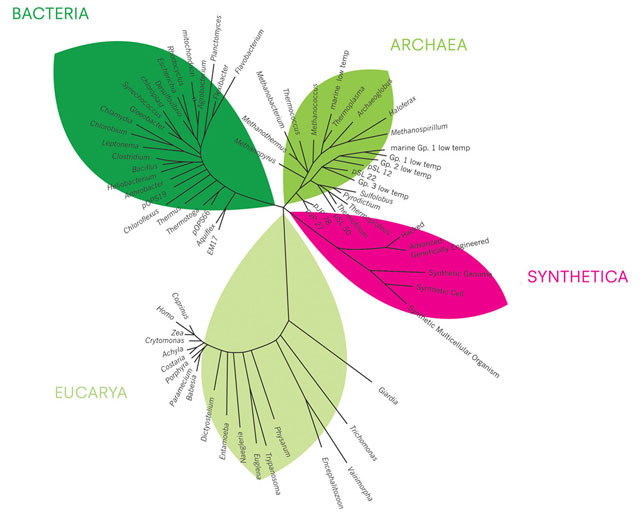
Artist unknown. . (period). n.d. Here displayed in Times New Roman. The Museum of Modern Art, New York
MoMA’s Department of Architecture and Design has acquired the . (aka “period,” “hard stop,” or “baseline dot”) into its collection.
As MoMA has proven with its recent acquisition of the “@” symbol, it is more important to recognize major design innovations than it is to actually, you know, possess them, and few things are more deserving of recognition that our concise little friend the ..



